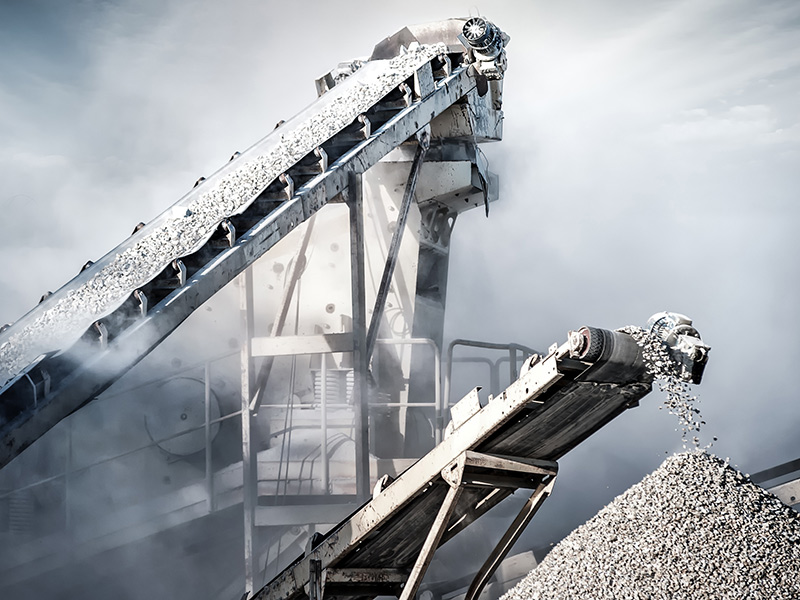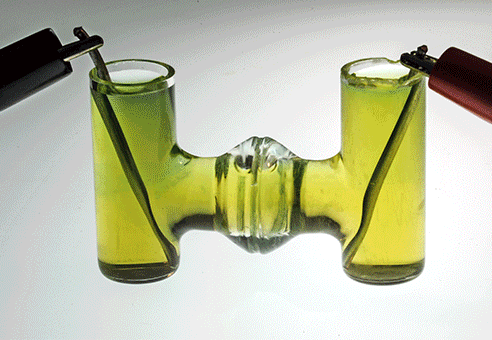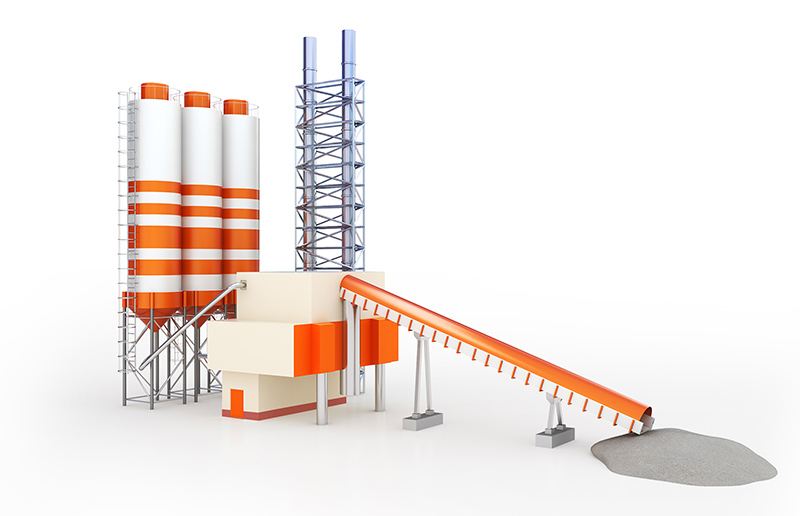
2nd October 2019 Zero carbon cement: potential 8% reduction in global emissions? Researchers at the Massachusetts Institute of Technology (MIT) have demonstrated a new, emission-free method of producing cement, a major contributor to climate change that is responsible for 8% of global emissions.
Cement is the world's most common construction material. Its production is the largest single industrial source of man-made CO2, accounting for 2.8 gigatons of annual emissions or 8% of the global total. If cement production were a country, it would be the third-largest emitter – ahead of India (2.5 Gt), Russia (1.8 Gt) and Japan (1.3 Gt). As the world continues to urbanise, the number of buildings is forecast to double by 2060, equivalent to another New York City every 30 days. This rate of expansion is helped in part by cement's low cost: now only 13 cents per kilogram, which makes it cheaper than bottled water. Ordinary Portland cement, the most widely used standard variety, is made by grinding up limestone and then cooking it with sand and clay at high heat, which is produced by burning coal. The process produces carbon dioxide in two different ways: from the burning of the coal, and from gases released from the limestone during the heating. Each of these contributes roughly equally to the total emissions. Like many human activities, cement production is becoming unsustainable and placing huge demands on the environment. Thankfully, a team at MIT has developed a new way of manufacturing the material that could eliminate carbon emissions altogether, and even make useful products in the process.
The new method by MIT is based on electrolysis, a technique that uses a direct electric current to drive an otherwise non-spontaneous chemical reaction. The use of fossil fuels for heating is eliminated, with electricity generated from renewables. Pulverised limestone is dissolved in acid at one electrode and high-purity carbon dioxide is released, while calcium hydroxide (lime) precipitates out as a solid at the other. The calcium hydroxide can then be processed in another step to produce cement, which is mostly calcium silicate. The carbon dioxide – in the form of a pure, concentrated stream – can then be easily sequestered. According to the researchers, it could be harnessed for use in a variety of new products and applications, without being released into the environment. By contrast, the carbon dioxide emitted from traditional cement plants is highly contaminated with nitrogen oxides, sulphur oxides, carbon monoxide and other materials that make it impractical to "scrub" and become usable. Calculations show that the hydrogen and oxygen also emitted in the process could be recombined; for example in a fuel cell, or burned to produce enough energy to fuel the whole rest of the process, with only water vapour as a waste product. While the process is simple and could, in principle, be easily scaled up, a typical cement plant today produces about 700,000 tons of this material per year.
"How do you penetrate an industry like that and get a foot in the door?" asks Leah Ellis, a postdoc at MIT and the paper's lead author. One approach is to try replacing just one part of the process at a time, she believes, rather than the whole system at once, and slowly add other parts "in a stepwise fashion". The initial proposed system is "not because we necessarily think we have the exact strategy" for the best possible approach, according to Yet-Ming Chiang, Professor of Materials Science and Engineering at MIT, "but to get people in the electrochemical sector to start thinking more about this," and to come up with new ideas. "It's an important first step, but not yet a fully developed solution." The team's work is published in the journal Proceedings of the National Academy of Sciences.
Comments »
If you enjoyed this article, please consider sharing it:
|









